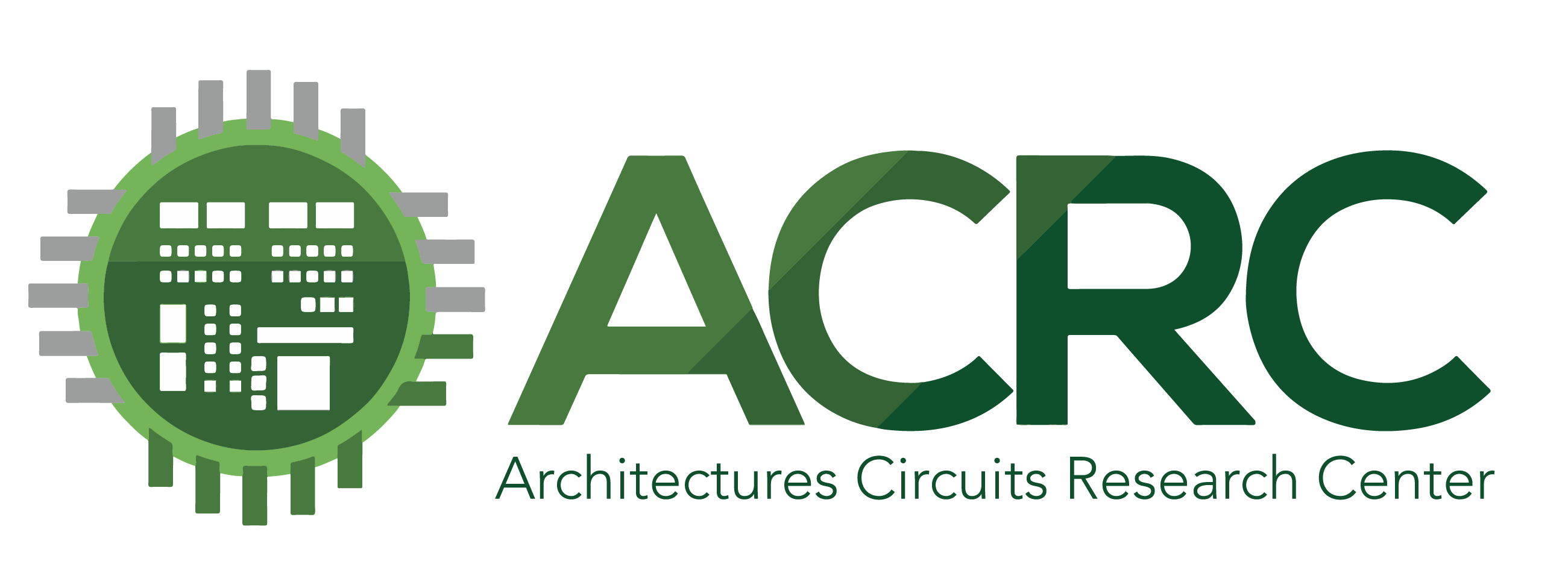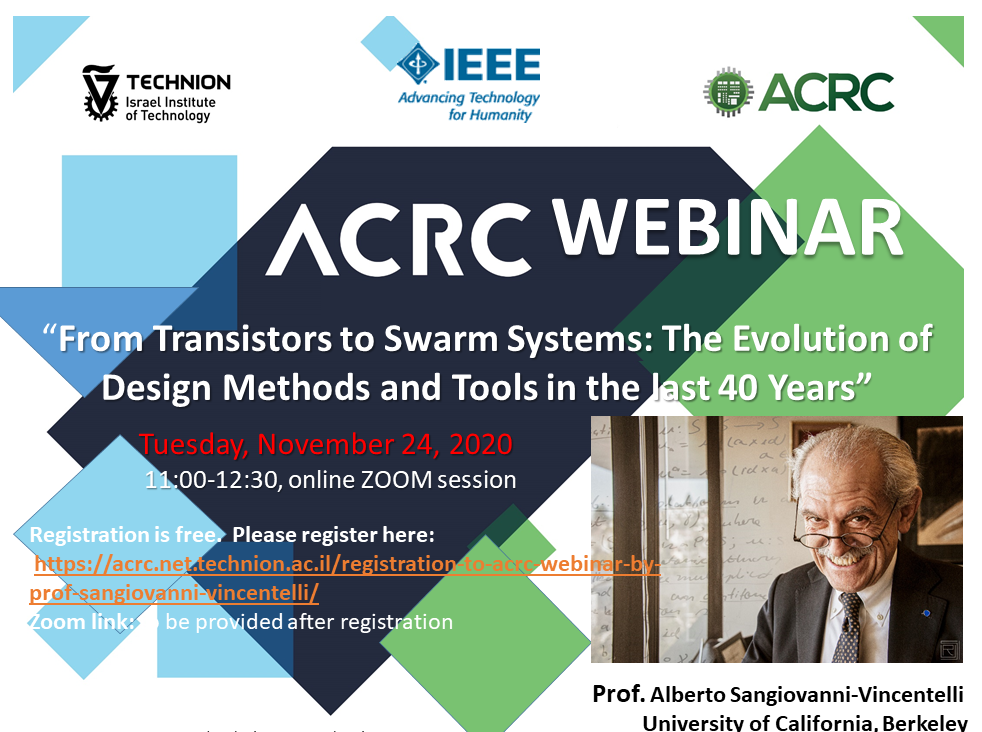Giovan Battista Vico, a philosopher and historian who lived across the XVII and XVIII centuries, was the first to note in his masterpiece “Scienza Nuova” (New Science) that the history of man and his endeavors follow a cyclical pattern. Economies, as well as the power of nations, have exhibited a clear and cyclical behavior. Electronic Design Automation (EDA) has not escaped this fundamental law. EDA started in the late 1960s when large companies such as IBM and Bell Laboratories were developing new products based on Integrated Circuit technology. The ICs of the time had only a few tens of transistors but the design costs were raising and the need to obtain circuit right the first time became clear. The scientific content of tools and methods for ICs ranged from physics to mathematics in a mix that is rare to see in any other engineering field.
EDA technology advances have oscillated between verification and synthesis, the perception in the mind of the electronic design community of EDA has been rising and falling in a regular pattern, EDA companies have risen and declined, the consideration of the financial community for EDA has been periodically increasing and decreasing, and the algorithms used in EDA have swung from general purpose techniques borrowed from mathematics, computer science, operation research, and artificial intelligence, to ad hoc techniques that leverage the nature of the specific design problem to be solved. Prof. Sangiovanni-Vincentelli will show that progress is achieved when new methodologies crystallize, with new tools and techniques acting as catalysts, that the construction of layers of abstraction are the steps that have helped us reach new heights.
His take in this talk is that the great success of Electronic Design Automation to enable the design of chips with more than 1 Billion transistors over a span of 40 years can be replicated in other sectors including traditional industries such as construction, and novel sectors such as synthetic biology, if its essential elements are distilled appropriately. He will show how they are approaching these extensions and what challenges they are facing.
Throughout the talk, Prof. Sangiovanni-Vincentelli will intersperse considerations about his scientific and industrial journey from a theory-oriented professor to an “entrepreneur”.
Alberto Sangiovanni-Vincentelli is the Edgar L. and Harold H. Buttner Chair of EECS, University of California, Berkeley, where he is Special advisor to the Dean of Engineering for Entrepreneurship and Chair of the Faculty Advisors to the Berkeley Accelerator, SkyDeck. Awards (among others): Kaufman for pioneering contributions to EDA; IEEE/RSE Maxwell Medal “for groundbreaking contributions that have had an exceptional impact on the development of electronics and electrical engineering or related fields” and the EDAA Lifetime Achievement Award. He co-founded Cadence and Synopsys, the two leading EDA companies and is Member of the Board of Directors of Cadence, KPIT, ISEO, ExpertSystem, QuantumMotions (Chairman), Phoelex (Chairman), Cy4Gate, Exein and Cogisen. He consulted for several companies including Intel, IBM, ST, Mercedes, BMW, UTC, Lendlease and GM. He is the Chairman of the International Advisory Council, Milano Innovation District. He is member of the US National Academy of Engineering. He is an IEEE and ACM Fellow. He was awarded an Honorary Doctorate from Aalborg University, from KTH (Sweden) and from IAG (Krakow, Poland). He published 1,120 papers and 19 books and graduated over 100 Doctorate Students.
Please sign up and join us on Tuesday, November 24, 2020 at 11:00 (Israel Day Time).
A link to the Zoom session will be provided after registration.
Important: The participation is free of charge, but registration is required /registration-to-acrc-webinar-by-prof-sangiovanni-vincentelli/
For more details and updates on the series of “ACRC Semiconductor Webinars” please follow our newsletters and our website



